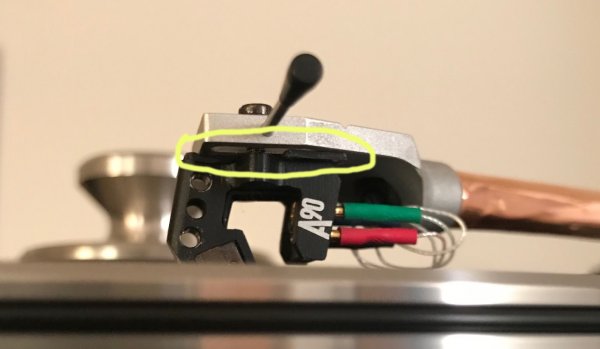The effects of a tonearm, and why I love ferrite beads
Today's segment is on the fairly meaningless cartridge reviews and forum comments, and the benefits of ferrite beads.
A cartridge is just part of a very large chain, and for the mechanical side of things, an arm can significantly affect the sound of a cartridge (OK, we all know that, but do you really understand to what degree?). That's why reviews and comments are meaningless to me: we may have some context, but there is no way for us to tell how all the mechanical parts interact with each other in someone else's system.
I started a thread a while ago about how I magnetically stabilized my VPI unipivot arm (one ring magnet and two opposing smaller cylindrical ones), to avoid its inherent wobble - it's linked upthread and there is a video plus magnet specifications. That tweak also afforded me wider macro-dynamics, and of course images stabilized and timbre improved tremendously. That's also to say that
unstable unipivots just SUCK.
During the last six months, I have improved on the magnetic stabilization by using two stacked ring magnets of different thicknesses and outer diameters, against the original opposing ones for stability, as shown below. There are online calculators to graph the magnetic field of various magnet configuration, and I chose this particular configuration for good reasons. One is stronger opposing forces, but the more subtle one is apparently equally important: evidently, the bottom of this VPI arm is some sort of steel and slightly magnetic; by using this combination of stacked ring magnets, they can every-so-slightly attract the arm when it's lowered (see third picture), though that inevitably affects VTF (but I compensate with the counter-weight). However, the real end result is that the arm is also stabilized on the vertical plane, offsetting subtle vertical movements by the cartridge, as it tracks the depths of the LP. Because of where the ring magnets are positioned in relation to the overall arm length, varying LP thicknesses have no measurable or audible effect, and the vertical stabilization is still as effective.
In conjunction with the use of ferrite beads (remaining pictures), here's the real sonic result: I don't recognize my analog. It is so alive, extremely resolving, dynamic, with presence, deep and tight bass, three-dimensional, with excellent micro-dynamics, that I literally do not recognize it. New sounds are popping left and right. I can easily hear pre-echo with many LPs, including D2D like
For Duke and many Sheffield (apparently, there is a delay in the cutting process even for D2D), Telarcs, RRs, etc. I had some local folks over about 6 months ago, and the sound was plenty dynamic and resolving. This is now at a much higher level; the performance increase is just staggering, and I am re-discovering my collection.
Bottom line: a) as we all know, a great cartridge needs a great arm; b) the Pass XP-25 is susceptible to noise picked up by the cables, but in the end, as modified, a great phono stage; c) the tonearm cable sticking out no longer affects VTF as the arm moves across the LP
With respect to ferrite beads, I now have them everywhere, and their effect was only positive. Most folks don't care for them, so the only thing I will say to them is this: you have no idea; and they've had the most effect on my analog.
The stacked ring magnets, plus the opposing ones (and a ferrite bead on the tonearm cable):
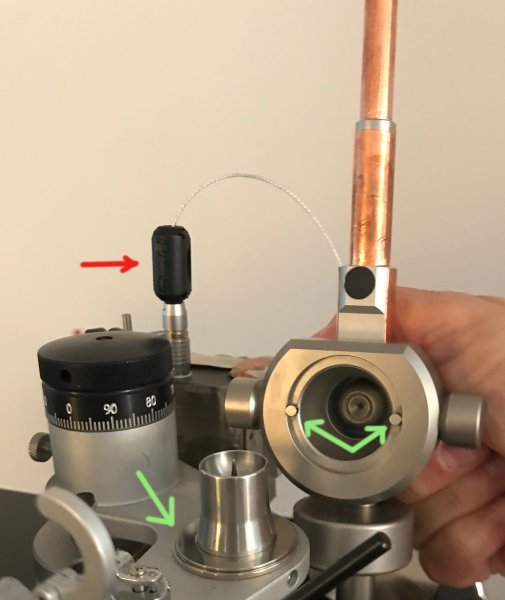
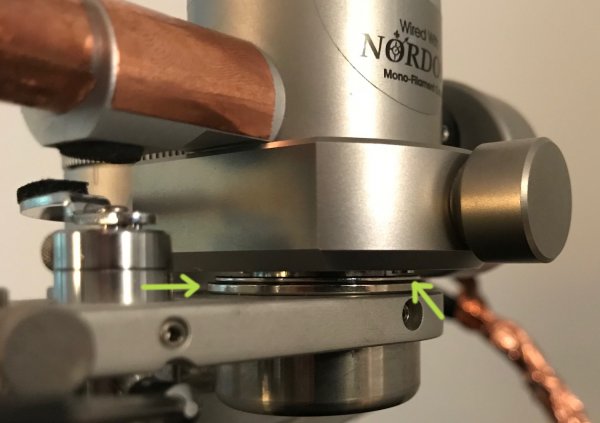 Arm lowered, side view:
Arm lowered, side view:
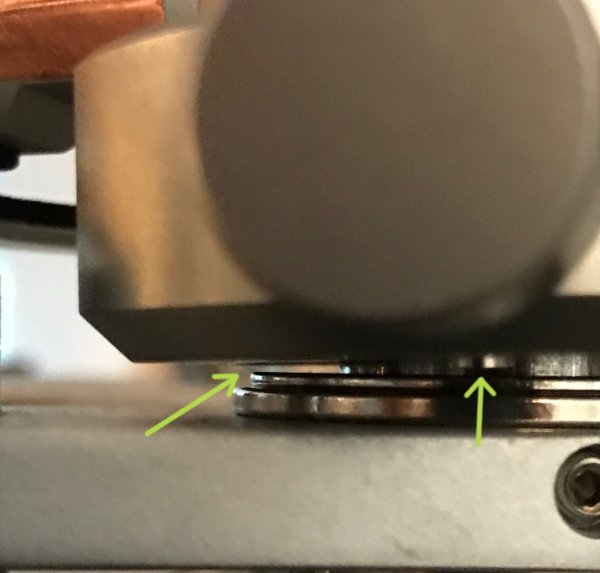 Ferrite beads on the phono cable and out the Pass XP-25:
Ferrite beads on the phono cable and out the Pass XP-25:
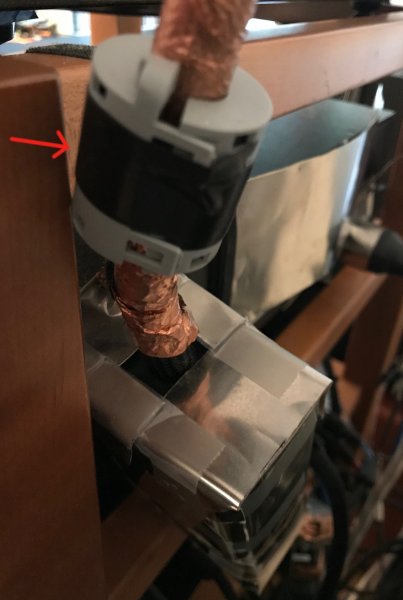
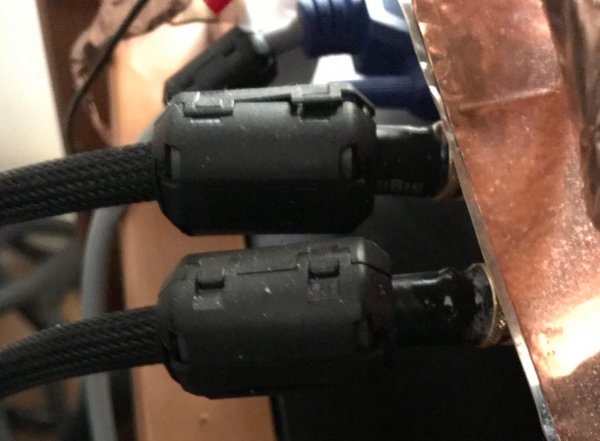
Cheers







